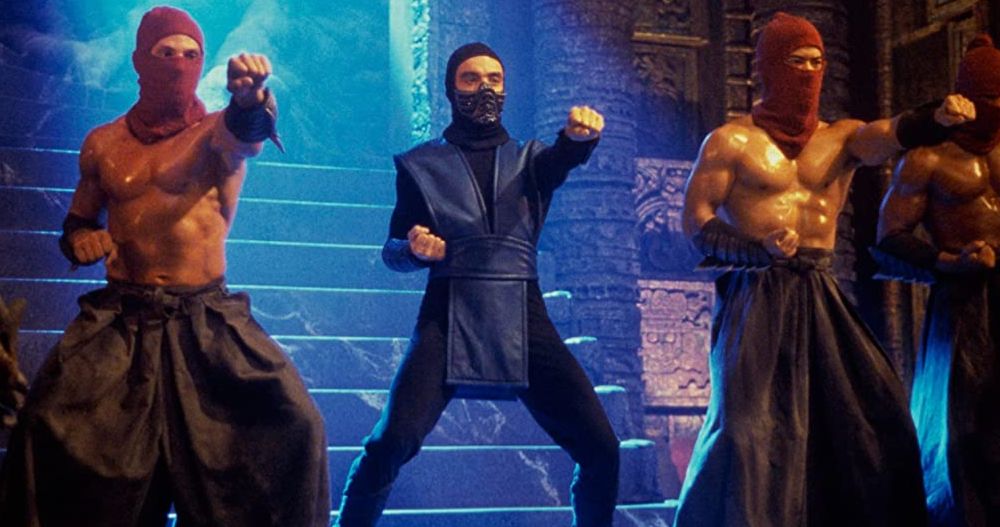While video game movies are enjoying a recent commercial boom, there was a time when that genre of filmmaking was mainly characterized as trashy, B-movies. The first video game movie that achieved mainstream success was filmmaker Paul W.S. Anderson's 1995 adaptation of Mortal Kombat, which is still fondly regarded as a cult hit. During his recent New York Comic-Con panel appearance, Anderson revealed that the film almost got ruined after its already-tight budget was slashed by $3 million:
"What happened was right before we started shooting, Bob Shaye, who was running New Line [studio] at the time, he decided that we had too much money and I disagreed, obviously, as a filmmaker. We had to shoot the story we had. We had to get that on screen. So some of the fight scenes that were due to be done and take a week, we had to do in a couple of days. So all the fights were there, but we couldn't deliver the fights that I originally planned."
Somehow, Anderson managed to get the movie finished within the reduced budget. A test screening from general audiences yielded positive results, but the one main complaint was the movie did not do justice to its title:
"The fans came back and said, 'There's not enough fighting in the film. It's Mortal Kombat. Where's the combat?' So we basically went and we shot all the stuff that we cut out of the original version of the movie. We shot it all later. So it wasn't additional photography. It was kind of doing what we really wanted to do in the first place."
Thankfully, the studio listened to the fans, and Anderson was allowed to go back and re-film the fight scenes in a more detailed manner. One major difference that made was the fight scene between Johnny Cage and Scorpion went from being a brief tussle that ended quickly with Cage knocking Scorpion on his back, to a proper, three-act sequence with a beginning, and middle and end that is generally considered one of the most iconic fight scenes in Hollywood history. Anderson credits the extra time spent on crafting the action scenes, along with the use of practical effects, that allows Mortal Kombat to stand the test of time:
"I've always been somebody who tries to limit the amount of CG in a movie. Even back then, the reason for it was, it was very, very expensive. But I think if you can do things practically, they have more impact, and they also stand the test of time. Obviously, Mortal Kombat is a movie that in some regards is dated, but it still holds up pretty good, because I think a bone-crunching fight is still a bone-crunching fight. A good fight is a good fight, and it doesn't matter when it was shot. Good CG, that dates really fast. What is cutting edge CG, you look at it 10 years later, and you go, 'Oh, my God, that's deeply embarrassing.'"

